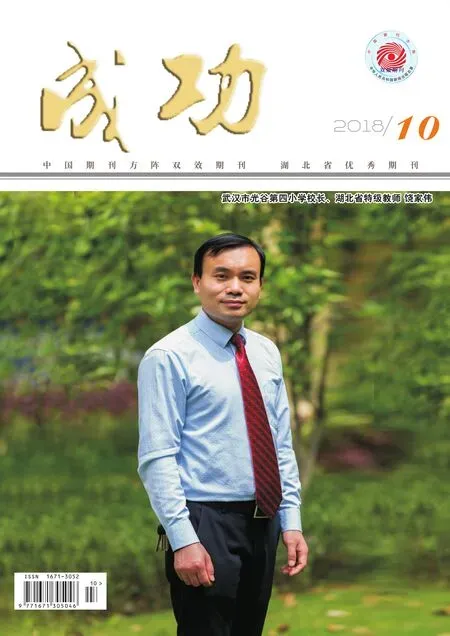On theChinese Translation ofEnglish SongsBased on Functional Equivalence Theory
李 瑩
云南藝術(shù)學(xué)院 云南昆明 650500
AbstractThe song translation is always being ignored in the translation field of China by reasons of limited professional translators and itsown difficulties.Thispaper attempts to makea systematic and specific research on Chinesetranslation of English songs in respect of names and lyrics.
Key Words Functional Equivalence Theory;English songs;English-Chinese translation
1.Nida’s Functional Equivalence Theory
According to Nida,functional equivalence implies different degrees of adequacy from minimal to maximal effectiveness on the basis of both cognitive and experiential factors.Nida’s functional equivalence theory contains lexical equivalence,sentence equivalence,passage equivalence,and style equivalence.It is quite suitable and applicable to song translation.[1]
2.Song’sName Translation Basedon Functional Equivalence Theory
Sound equivalence can accurately reproduce the source language’s culture and eliminateculturaldifferences.Thetransliterationis usually used to translatepropernouns.Iftheoriginal songs’names are named after the names of people and places,they usually adopt the transliteration method.
Meaning equivalence means that when we translate the song’s names,we had better reflect the original meaning and make them come to the meaning equivalence.There are three methods to realize the meaning equivalence.
The Functional Equivalence,which is“Firstly,the equivalence of cultural message of source language and target language.”Different countries have different history,customs,cultures and traditions.So it is important for translators to be able to transfer the cultural message of source language into target language.
3.Song’sLyric Translation Basedon Functional Equivalence Theory
The rhyme is a common characteristic of poetry,songs and dramas.The language rhythm of a poem firstly embodies in the rhyme.Because the rhyme not only makes syllables of the same rhyme be harmonious,but also can make a vivid cadence.
3.1 Equivalence in Rhythm
The lyric’s rhythm should be consistent to the music’s rhythm.In the English-Chinese translation,we should make the lyric translation based on the music,make Chinese words’punctuation be consistent to the music’s pause.The number of characters of the translation should keep consistent to the number of syllables of the original texts.If one syllable of the original texts corresponds one character,we should put one character under the note in the translation.If one syllable corresponds several characters,we should put several characters under the note.When translation,we must pay attention to ensure lexical tones of Chinese phrases be consistentand equivalentto the music.In addition,the remained unchanged pitches in the melody can also lead to translation problems.Overall,the translation should match with the music scores on the whole through a variety of changing.
3.2 Equivalence in Stylistics
In order to make the song be fluent,the sentence structure of the song should be consistent with the musical structure and English structure.If they are stress words,the music should plus dots or extend labels;if they are stress sentences,the music should repeats once or several times to show strong feelings.The English and Chinese lyric are almost one-to-one correspondence and make people easy to understand.If a language syllable corresponds multiple notes in English(means extending tones),the Chinese translation should also make a word corresponds multiple notes,as well as make a pause where the English sentences require as faraspossible.And the pauses ofChinese and English lyrics are almost the same so that to make the whole song sounds more fluently and smoothly.
4.Conclusion
Nida’s functional equivalence theory indicates that an ideal effective translation should be able to produce the equivalence of function,message and response to both the target and the original receptors.It is quite applicable to song translation,for the song’s names and lyrics are created to perform certain functions.This thesis makes the functional equivalence theory applied to the song’s name and lyric translation.
--Take Bride and No Name Woman as an Example

